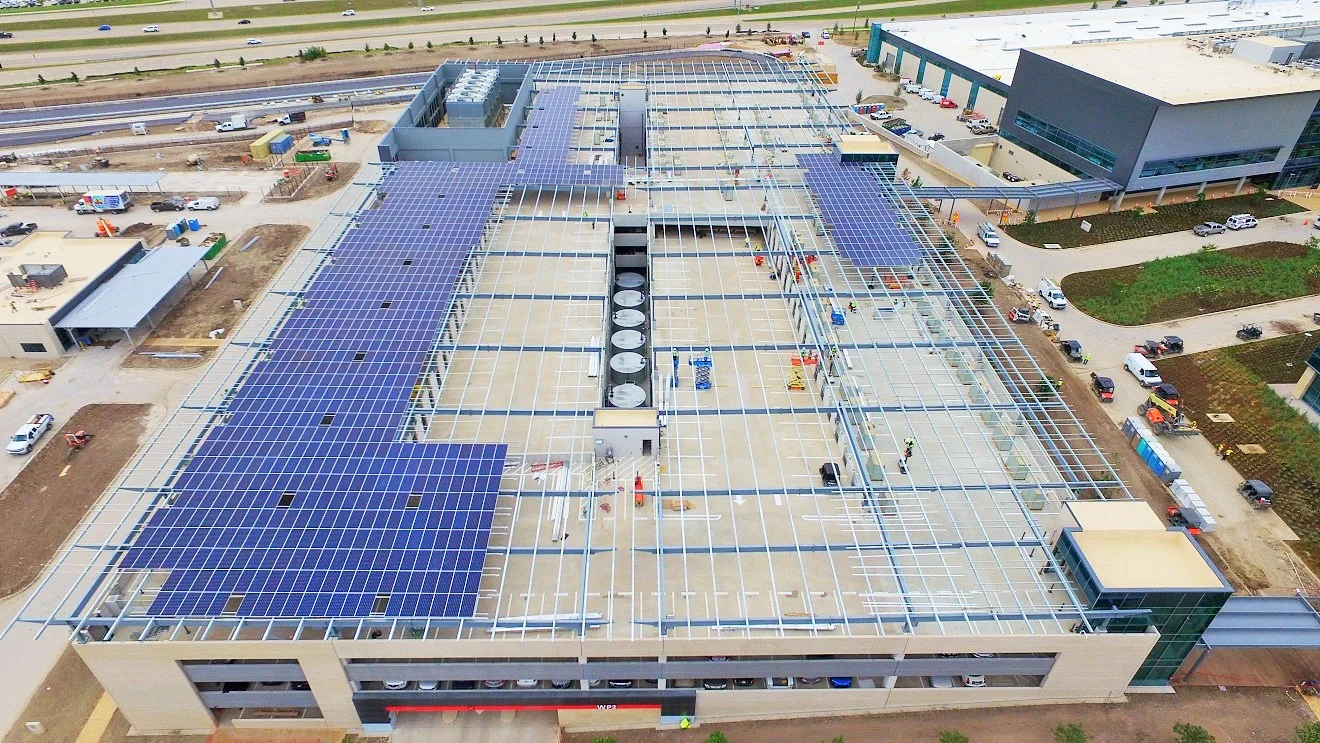

Texas has long been known as an energy power house, thanks to it abundant reserves of oil and natural gas. However, the state’s energy portfolio has been undergoing a significant trnasformation in recent years, with solar power playing an increasingly prominent role. According to the Solar Energy Industries Association (SEIA), Texas ranks among the top states in the nation for solar energy capacity, boasting ocer 9,000 megawatts (MW) of installed solar capacity as of 2023
Abundant Sunshine: With over 230 days of sunshine per year on average, Texas boasts ideal conditions for solar energy production. From the sun-drenched plains of West Texas to the Gulf Coast region, the state’s ample sunlight provides an abundant source of renewable energy.
Economic Incentives: Texas has fostered a business-friendly environment that has attracted investment in solar energy projects. The state offers a variety of incentives, including property tax abatements, sales tax exemptions, and production-based incentives, which have helped spur the growth of the solar industry.
Large-Scale Projects: Texas is home to some of the largest solar projects in the country, including the Roserock Solar Farm in Pecos County and the Alamo Solar Farm in Uvalde County. These utility-scale installations benefit from economies of scale and help drive down the cost of solar energy for consumers.
Technological Innovation: Advances in solar panel technology and installation techniques have made solar power more affordable and efficient than ever before. Texas-based companies and research institutions are at the forefront of these innovations, driving further growth in the solar industry.

The solar boom in Texas has not only brought environmental benefits but also significant economic gains. The state’s solar industry has created thousands of jobs across the value chain, from manufacturing and construction to installation and maintenance. According to the SEIA, Texas solar jobs grew by over 16% in 2020, even amidst the challenges posed by the COVID-19 pandemic.
Furthermore, solar projects have injected billions of dollars into the Texas economy, benefiting local communities and supporting small businesses. In rural areas, where many solar farms are located, landowners receive lease payments for hosting solar installations, providing a valuable source of additional income.
As Texas continues to embrace solar power, the future looks brighter than ever. With falling costs, technological advancements, and growing public support for renewable energy, the state is well-positioned to maintain its leadership in solar energy production.
However, challenges remain, including the need for expanded transmission infrastructure to accommodate the growing influx of renewable energy onto the grid. Additionally, policymakers must continue to support policies that encourage solar investment and innovation while addressing concerns such as land use and environmental impact.
Texas’ emergence as a solar power leader is a testament to the state’s resilience, innovation, and forward-thinking approach to energy. By harnessing its abundant natural resources and embracing clean energy technologies, Texas is paving the way toward a more sustainable and prosperous future for generations to come.
value chain, from manufacturing and construction to installation and maintenance. According to the SEIA, Texas solar jobs grew by over 16% in 2020, even amidst the challenges posed by the COVID-19 pandemic.
Furthermore, solar projects have injected billions of dollars into the Texas economy, benefiting local communities and supporting small businesses. In rural areas, where many solar farms are located, landowners receive lease payments for hosting solar installations, providing a valuable source of additional income.